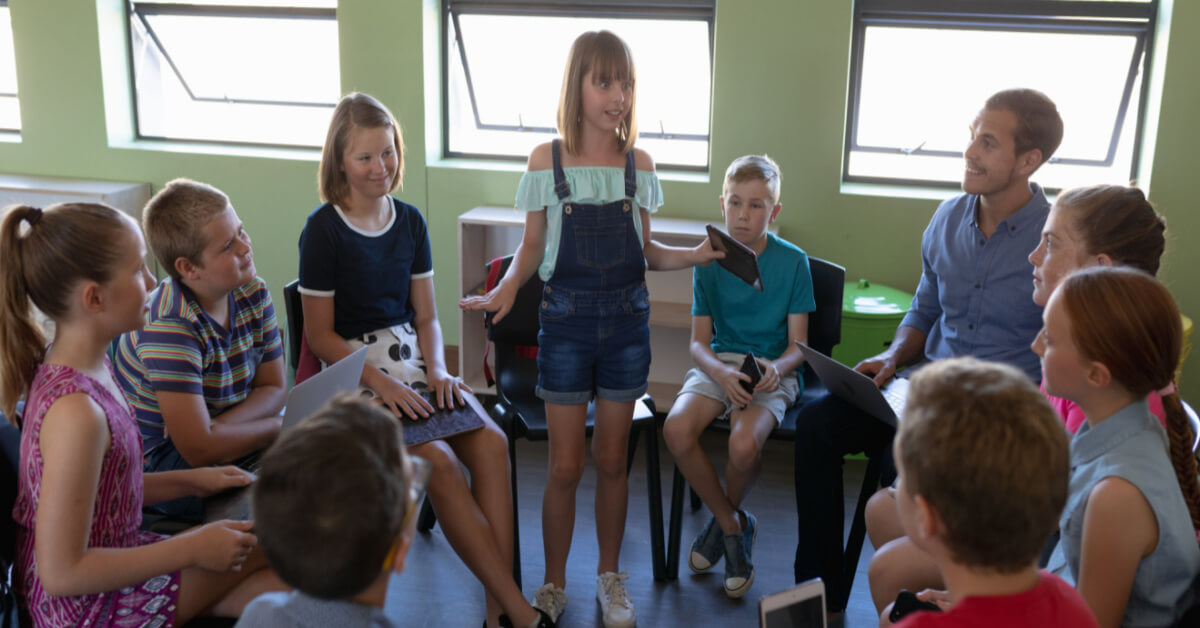July 20, 2022
Grading discussion is an age-old challenge rife with questions: Should I do individual or group assessment? How can I not punish introverts? Can I accurately record and remember all that was said? What exactly am I grading: content knowledge, discussion skills, leadership, all of the above?
When I started teaching, I found myself answering these questions with a “B+ group grade.” It was imprecise but safe: high enough to not threaten the highest performers and low enough to not inflate the struggling students. In most cases, my goal was essentially to have no students come to complain about the grade or ask me to justify it (I wasn’t confident I could). It always left me feeling queasy.
The one semester when I opted for individual discussion grades made me even queasier: I realized that the students who were most successful in discussion in my classroom—per my grade book—were extroverted males, mostly white. As a teacher who in all other contexts made an extraordinary effort to know and challenge each individual student, this didn’t sit right. So I got curious: what was it about how I was defining essential skills in a discussion that made it so…

